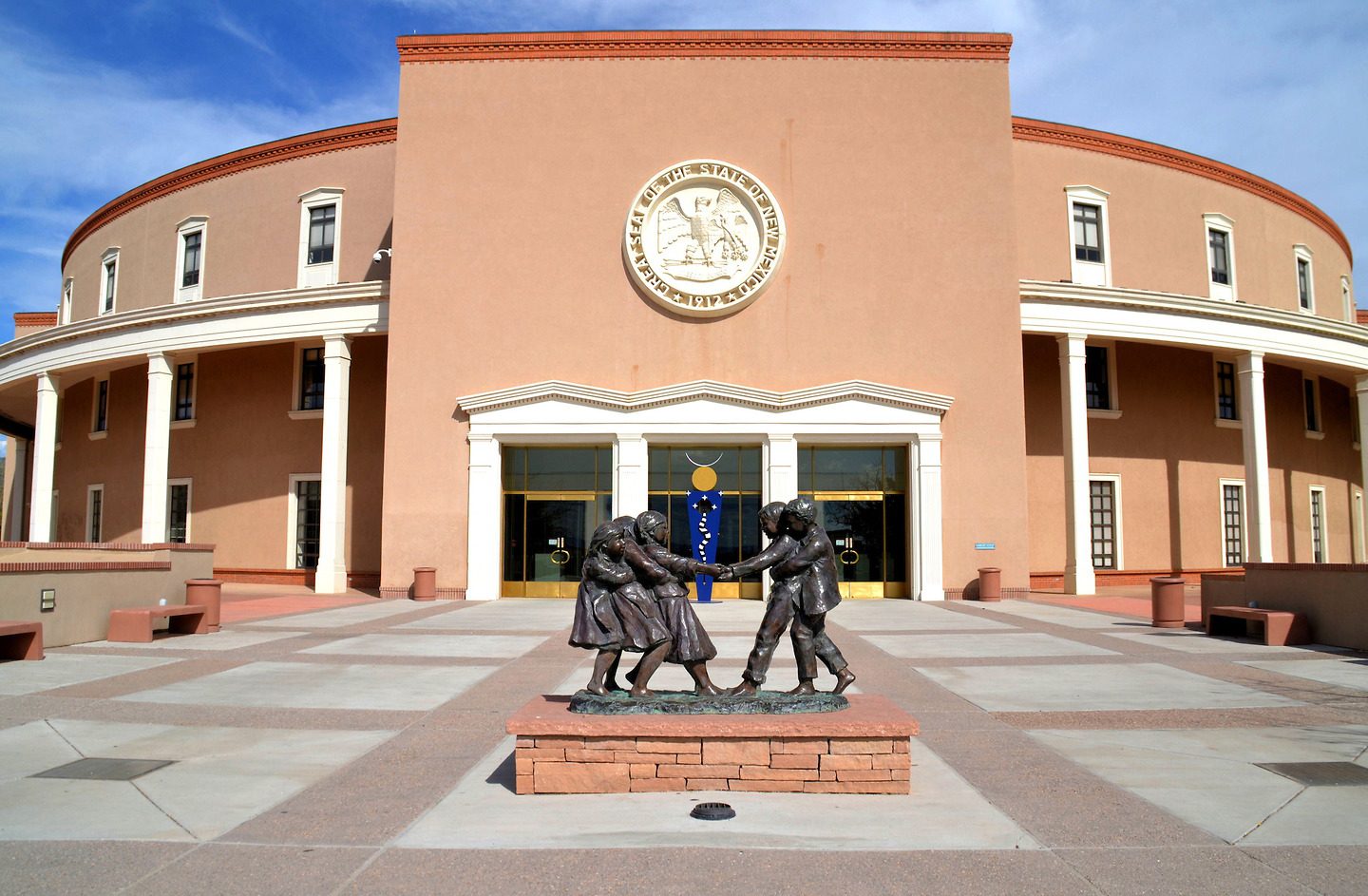A swelling Texas treasury gives 2022 hopefuls room for big ideas

According to the state comptroller, Texas is heading into an election year with projections that more than $24 billion will be left over at the end of the current budget, in spite of a pandemic that began with fears that the economy might be hit as hard as public health.
That projected pile of cash gives the political class the power to grant wishes — or to propose granting wishes — for budget-busting goodies their voters want, like lower property taxes, and higher spending on public education, health care, highways and law enforcement.
A couple of weeks ago, Comptroller Glenn Hegar said the state will bring in almost $23 billion more in general revenue during the current two-year budget period than he originally estimated.
He’s expecting the state to end the current budget period, which runs through August 2023, with almost $12 billion in the bank, and with an additional $12.6 billion in the state’s Economic Stabilization Fund, more commonly known as the Rainy Day Fund.
In spring 2020, Hegar was telling state lawmakers and budget writers to hit the brakes on spending, and to expect an economic downturn as the coronavirus took hold. The improvement in the official outlook has been steady and dramatic since then. In each of the last seven months, the state’s sales tax receipts topped $3 billion; it had only reached that monthly total three times in state history.
“Texas personal income, buoyed by support from federal pandemic relief spending, increased by an estimated 6.5% in fiscal 2021 following 5.4% growth in 2020,” according to the comptroller’s latest projection of state revenue. Gross state product increased 7.9% in 2021, and is expected to grow 8.3% next year, the report said.
The traditional caveat on comptroller forecasts was in the fine print: Hegar said COVID-19, supply-chain problems, inflationary pressures and labor shortages could slow or derail the economic train.
That might as well have gone unsaid: This is the beginning of an election cycle. Candidates are filing to run for office. By this time next year, the primary and general elections will be behind us, and the newly elected and reelected lawmakers will be preparing to come to Austin to pass new laws and write a new budget.
Given the amount of money Hegar predicts will be on hand, those incoming officeholders will be entertaining every politician’s fantasy: There’s money in the state treasury, and we can make big proposals without laying out new taxes or budget cuts to cover the costs.
They don’t need to wait for the 2023 session to begin. Challengers and incumbents are already starting to talk to voters. Some people are concerned about inflation and other economic troubles. For instance, Hegar and others have said we are in a “K-shaped recovery,” where economic conditions are improving rapidly for some parts of the economy while they’re getting worse for others.
The state appears to be one of the beneficiaries, a boon to anyone who wants money for one of the big-ticket items in the state budget — or on campaign wishlists.
That’s not the only money piling up. Federal revenue to the state’s Coronavirus Relief Fund totaled $44.1 billion in the last budget, and another $36.9 billion is expected during the current two-year budget period, according to the comptroller. Texas expects to get $35.4 billion from the federal infrastructure bill over the next five years, most of it for transportation spending.
It sets the table for anyone who’s been stymied by a tight state budget. It’s easy for budget writers to say no in lean times. When there’s money in the bank, they don’t have the excuse of “sorry, no money.”
Discipline is scarcer during the political election season than during the governing season that follows. Until the general elections next November, politicians can paint the prettiest pictures they want, proposing new programs, services, tax breaks and whatever else they and their consultants dream up. When voters ask how they’ll pay for it, they’ll point at those rosy projections of bulging state treasury vaults.
They won’t have to do the math until after the elections.
This article was originally posted on A swelling Texas treasury gives 2022 hopefuls room for big ideas



